Story
PML welcomes the Associate Director of NERC's National Capability
26 July 2024

We had a great morning out on the sea aboard our research vessel the Plymouth Quest, sailing about 6 nautical miles from Plymouth to visit our L4 monitoring site, where Tom got to meet our deployed autonomous buoys collecting marine data in situ, as part of the longest marine data set in the world: the Western Channel Observatory.
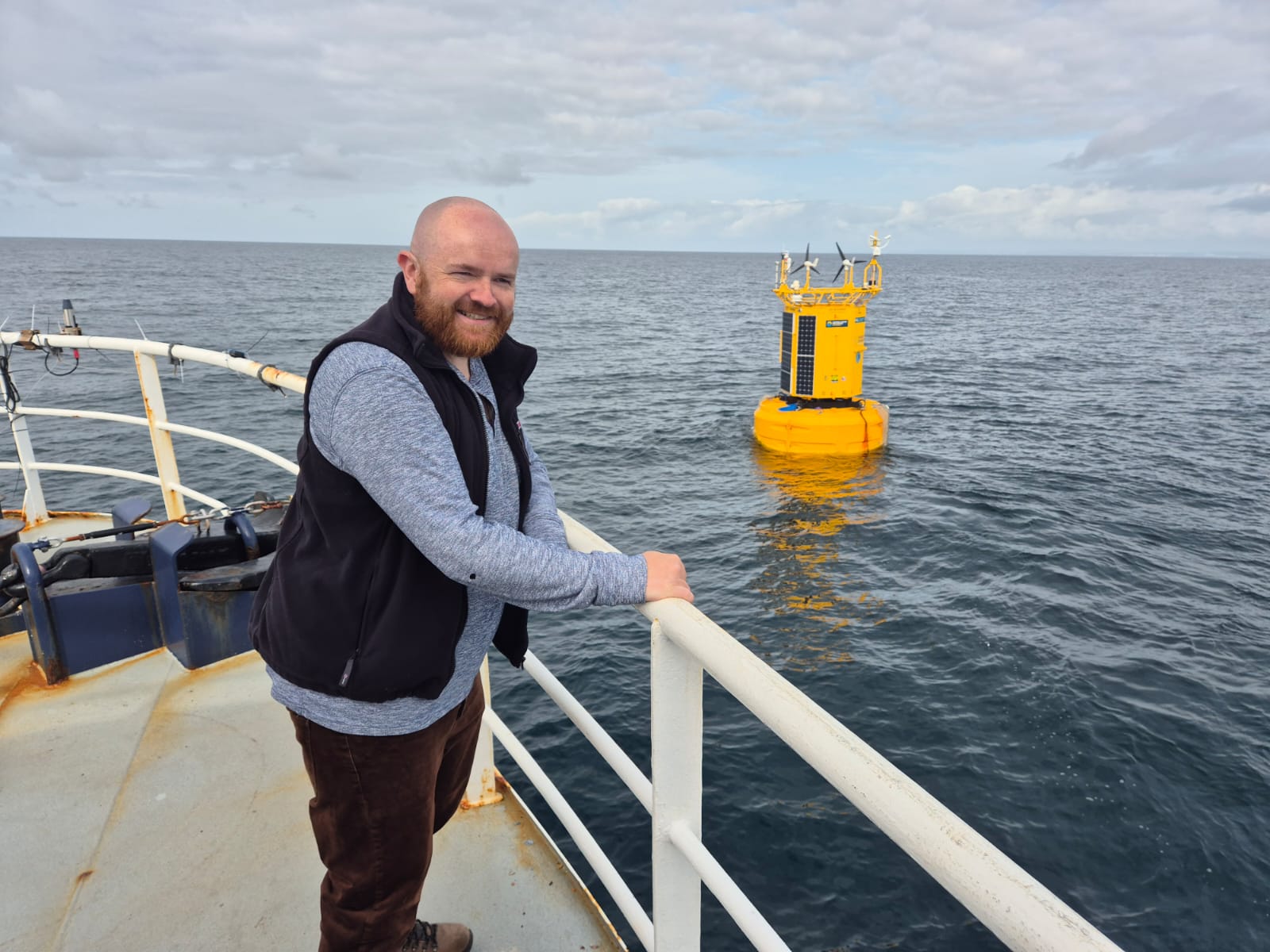
The L4 buoy is equipped with an array of sensors to look at both atmospheric and marine parameters, and collects data including sea surface temperature, salinity, oxygen, turbidity, fluorescence; air temperature, humidity, windspeed and direction and atmospheric pressure, CDOM fluorescence, nitrate and a hyperspectral radiometer.
Thomas also got to meet our brand-new Automated, in situ Plankton Imaging and Classification System (APICS) autonomous buoy, due to begin recording data in the coming weeks... APICS was deployed at the L4 monitoring station last month, and will host two automated plankton imaging instruments that will allow scientists to monitor plankton from 10microns (0.01mm) to 10mm continuously.
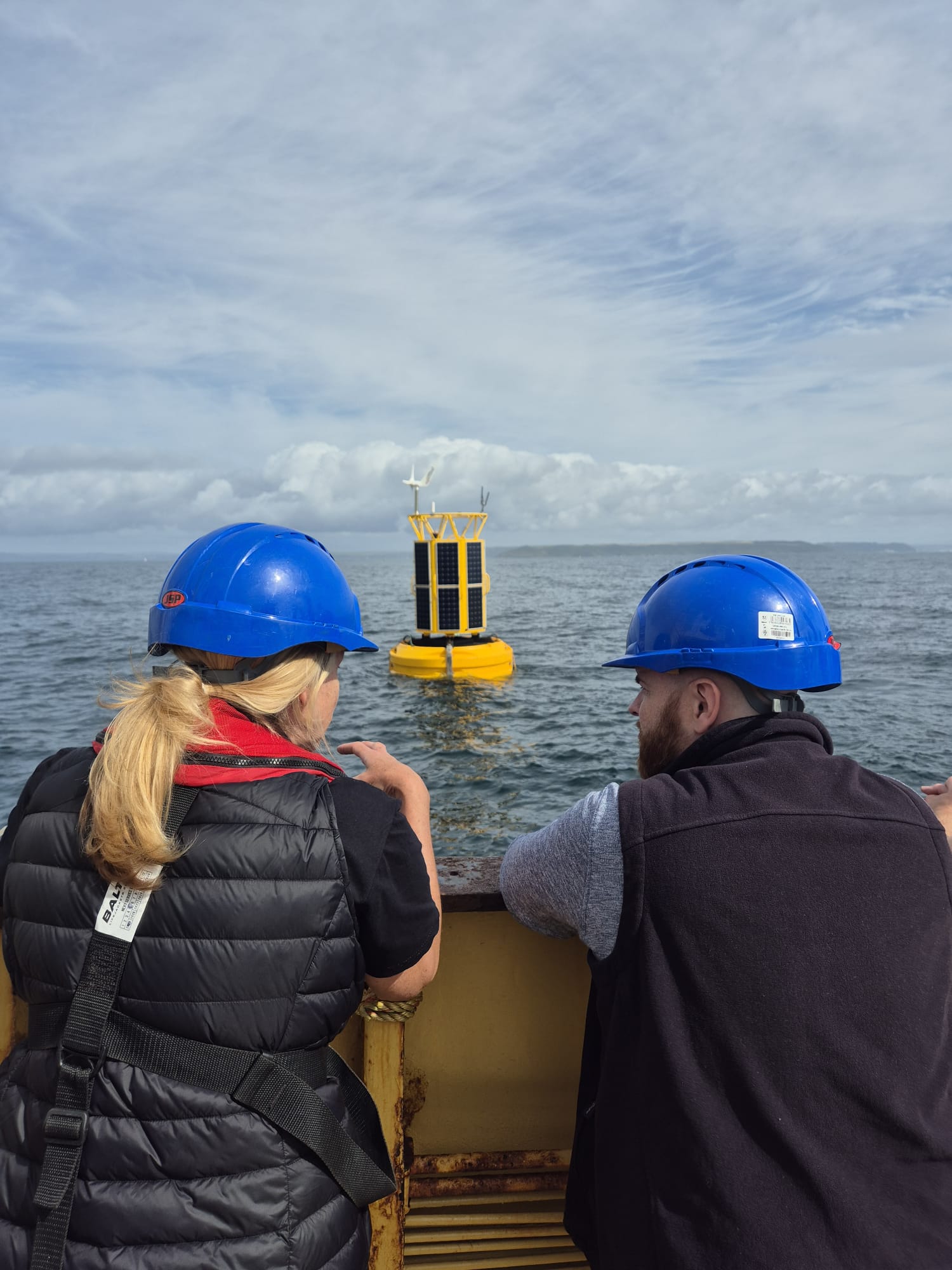
Images collected through APICS will be forwarded directly to our laboratory via an advanced high-speed communications network and automatically classified using associated machine learning software. This technology is exciting because it will allow us to monitor changes in plankton communities on hourly time scales, as compared with the weekly timescales we are restricted to at present with manual sampling. Plankton sit at the base of the marine food web and, despite their small size, ultimately support all other forms of life in the ocean, and as such, the data from APICS will allow us to better monitor the health of plankton communities in UK waters and will support the work of plankton researchers around the world.
Both the L4 buoy and APICS buoy join a suite of advanced technologies as part of the National Centre for Coastal Autonomy (NCCA), the UK’s first autonomous coastal observing and monitoring network. The NCCA is an initiative of Marine Research Plymouth – between the Plymouth Marine Laboratory, Marine Biological Association and the University of Plymouth.
Speaking of plankton, whilst out on the Quest, we also manually took some water samples from the open ocean to analyse zooplankton. As part of the Western Channel Observatory, we have manually recorded a time series of zooplankton taxa since 1988 at the L4 monitoring site. Did you know, all data collected as part of the Western Channel Observatory is open-access to all? Find out more: https://www.westernchannelobservatory.org.uk/index.php
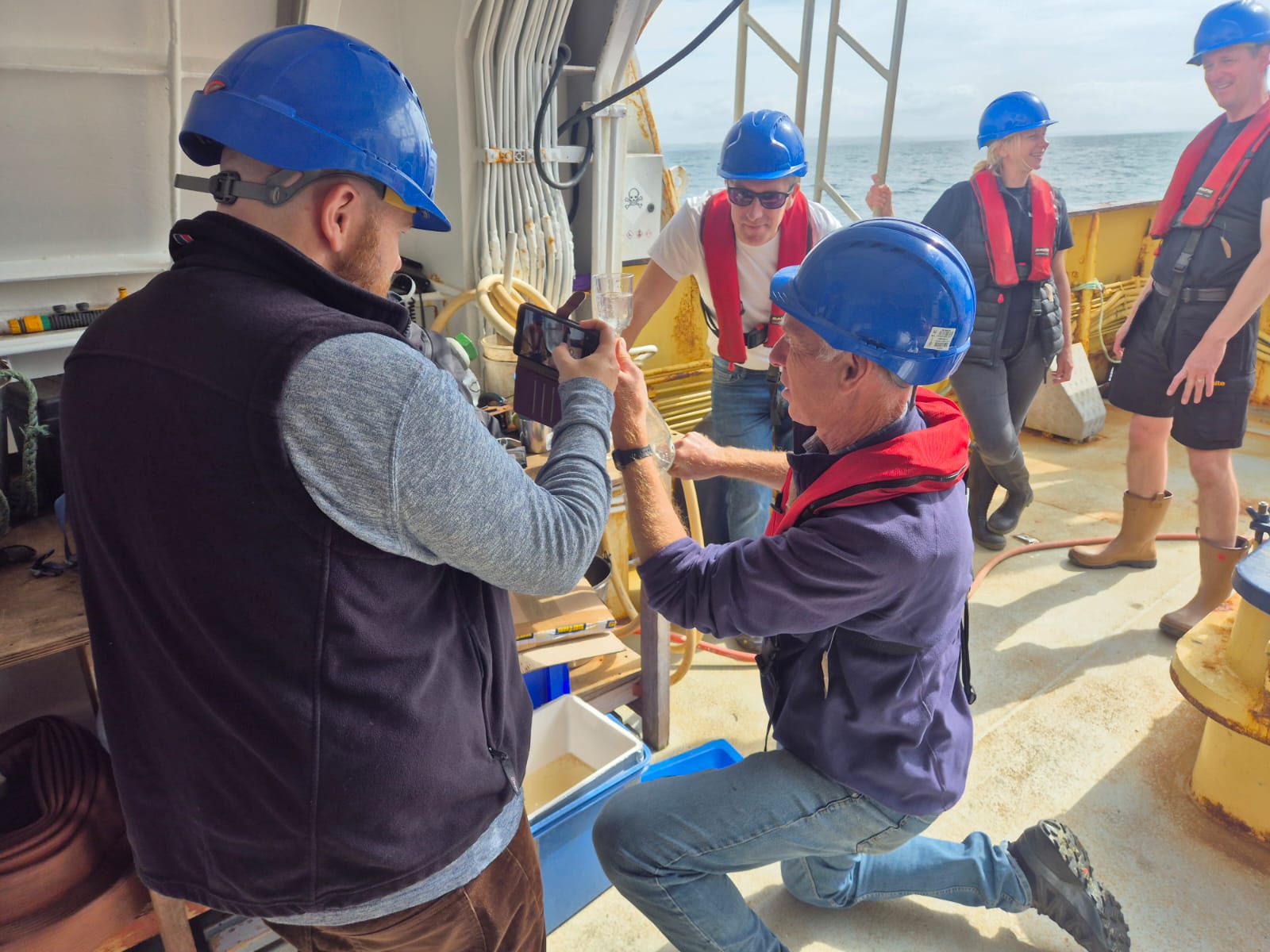
.jpg)
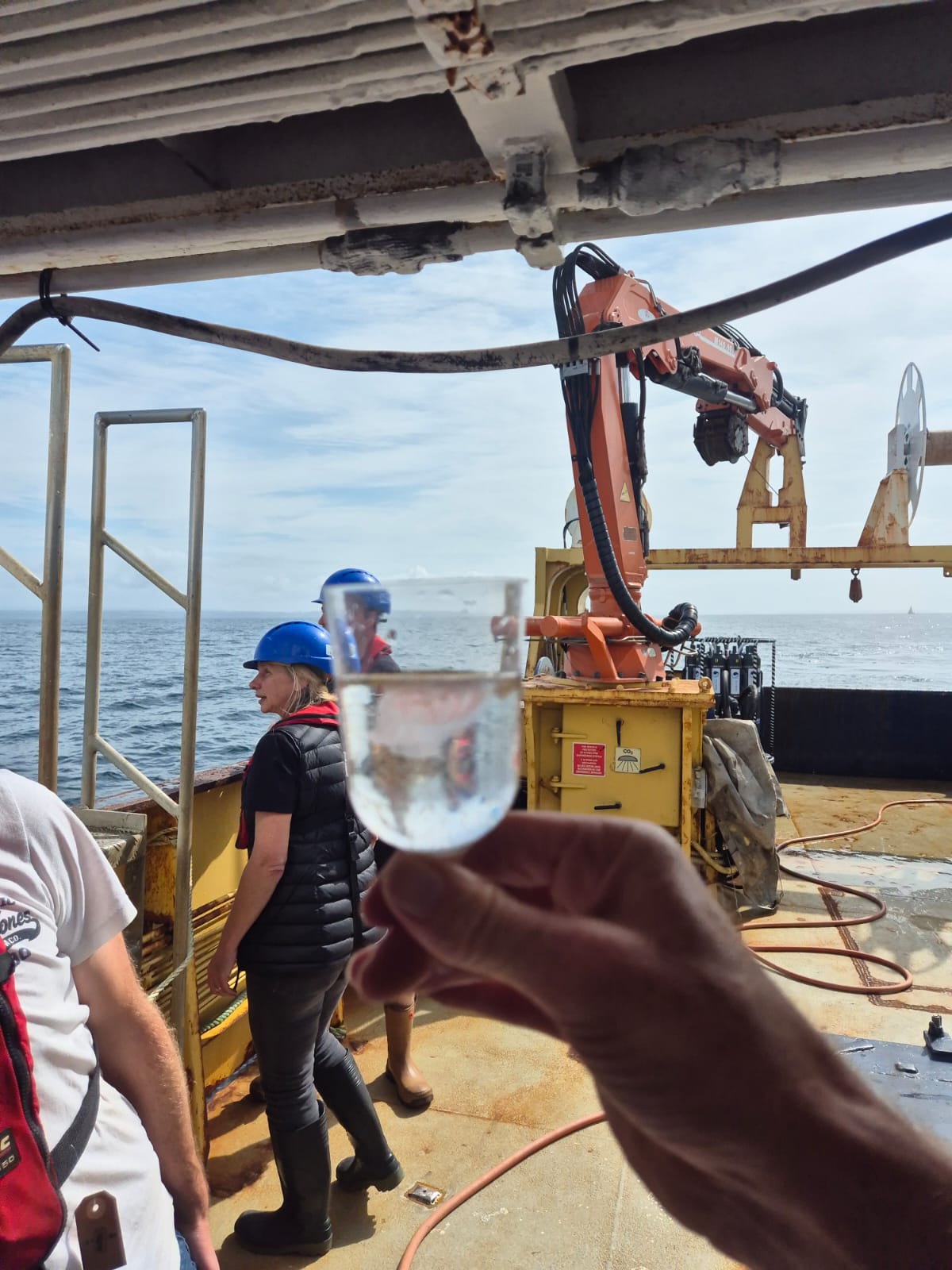
We came back to land - and the laboratory - to enjoy a lunch, before beginning an afternoon of discussions and presentations about some of the latest exciting projects and initiatives at the laboratory.
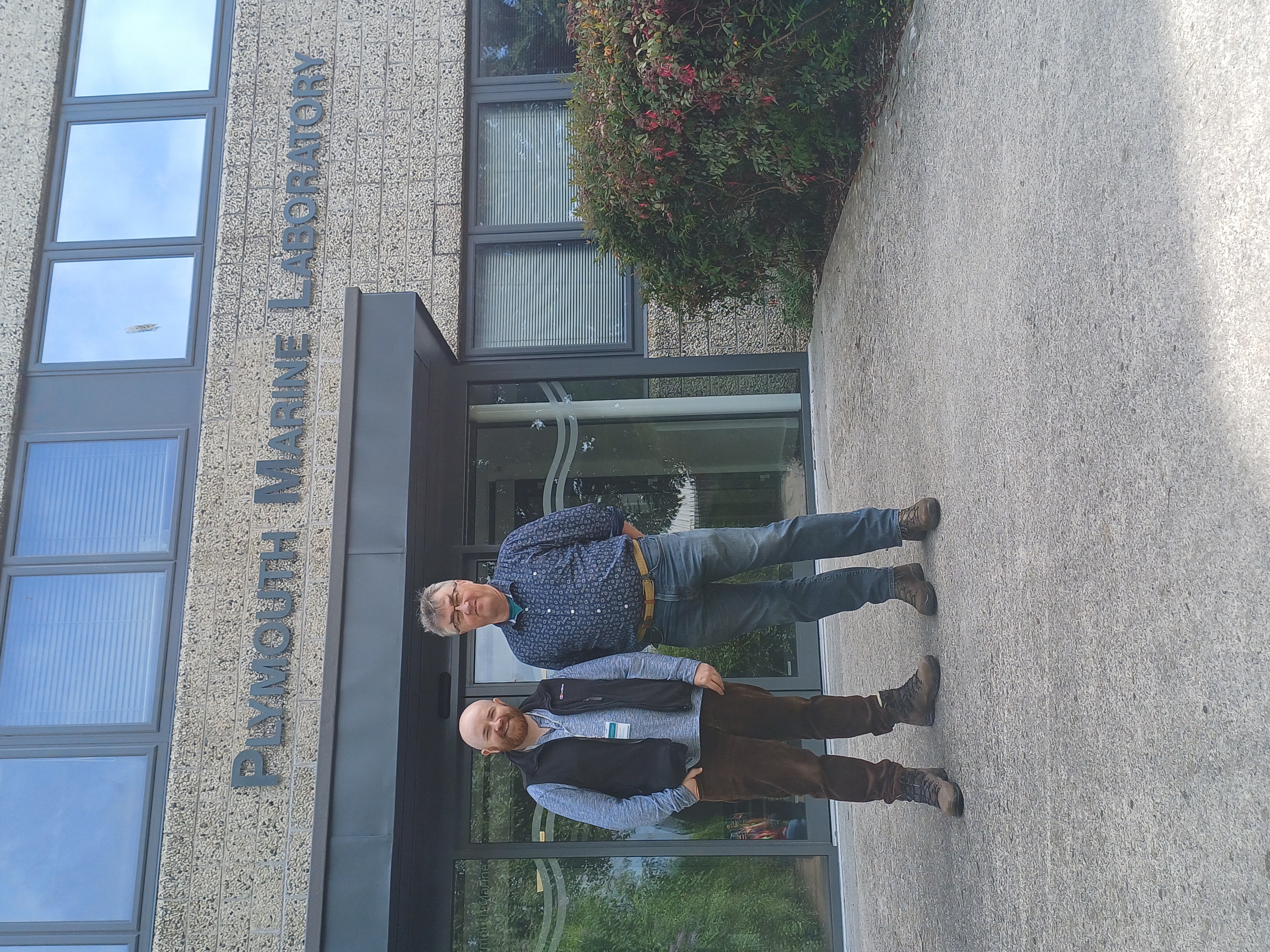
We shared information and updates about cross-centre projects such as AgZero+, which is a major five-year £13.8 million research programme, bringing together a community of researchers and farmers to test innovative farming systems - to balance the need to produce nutritious food with reducing greenhouse gas emissions and pollution, while at the same time enhancing biodiversity and soil health.
And we also had discussions about NERC-funded services like NEODAAS (NERC Earth Observation Data Analysis and Artificial-Intelligence Service) - which is hosted at PML and overseen by NERC’s National Centre for Earth Observation (NCEO) - is a unique operation of national importance that provides processed and ‘analysis-ready’ Earth observation (EO) data to the UK’s scientific community.
We thoroughly enjoyed the day, and thank Tom for his time and enthusiasm. We look forward to the next visit!